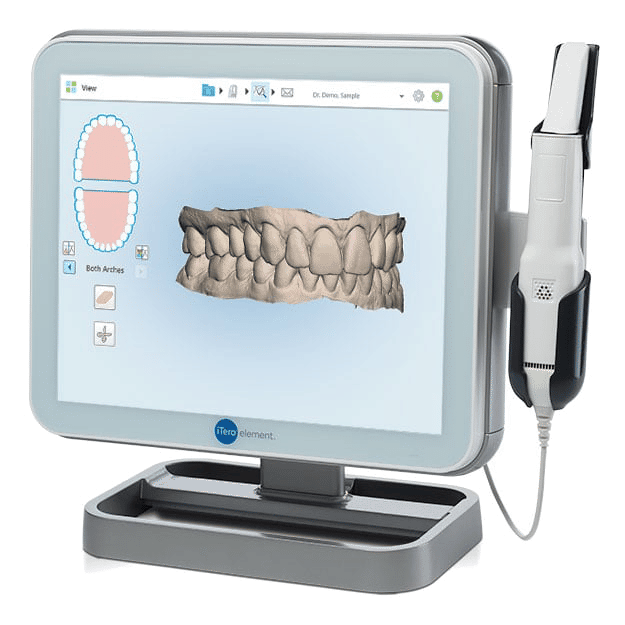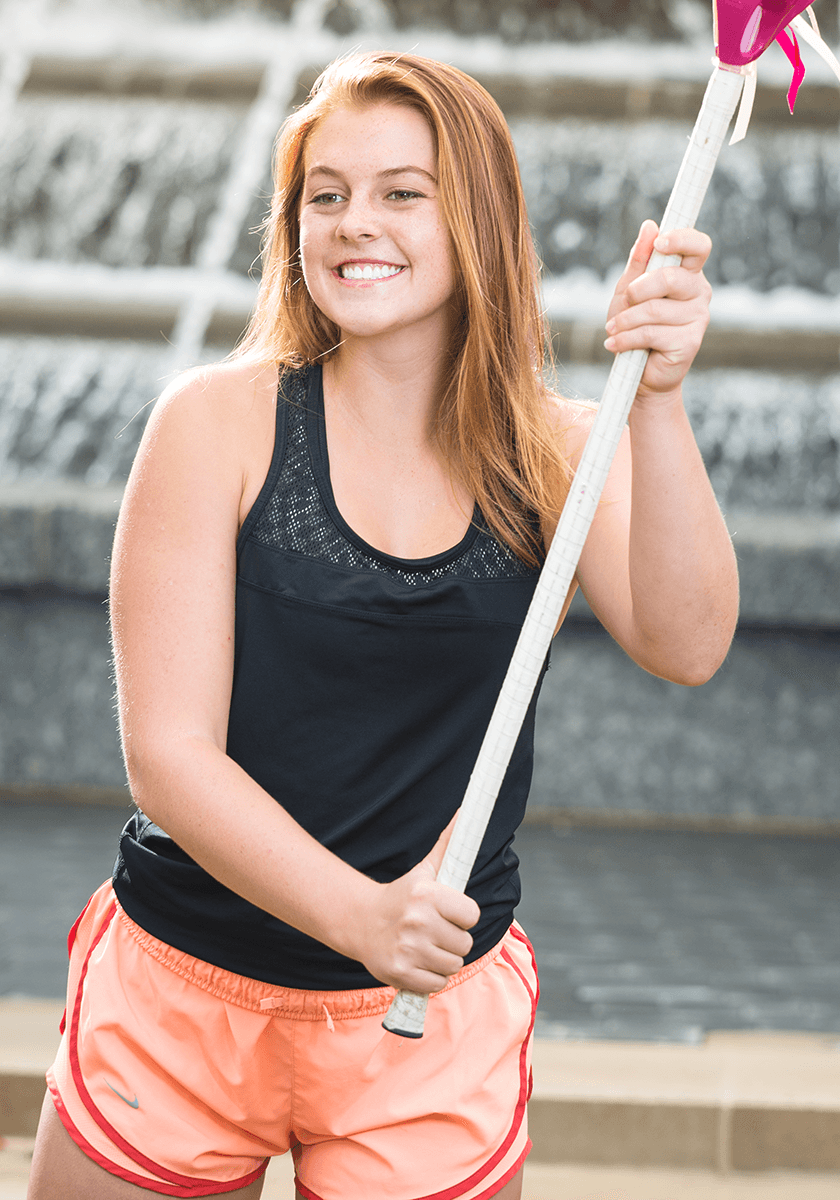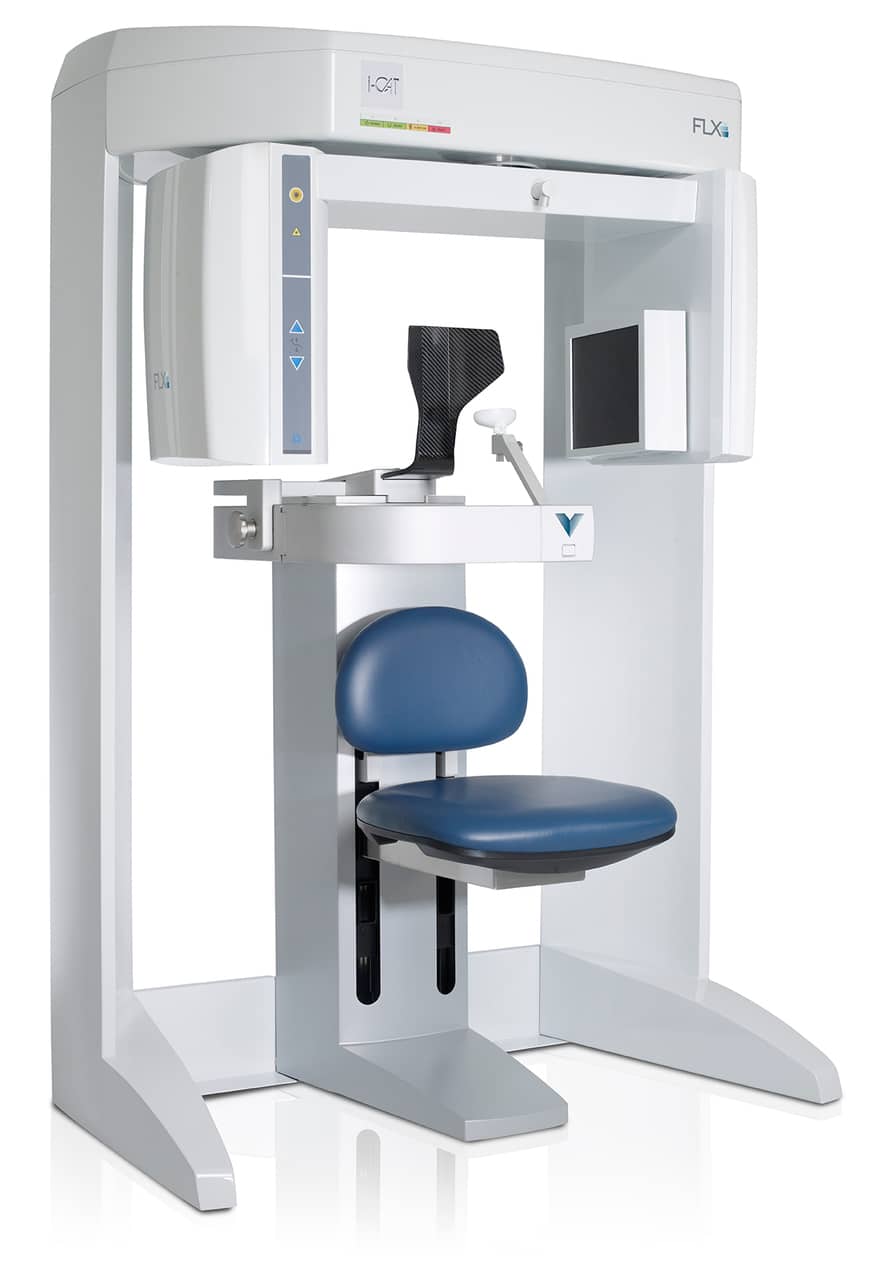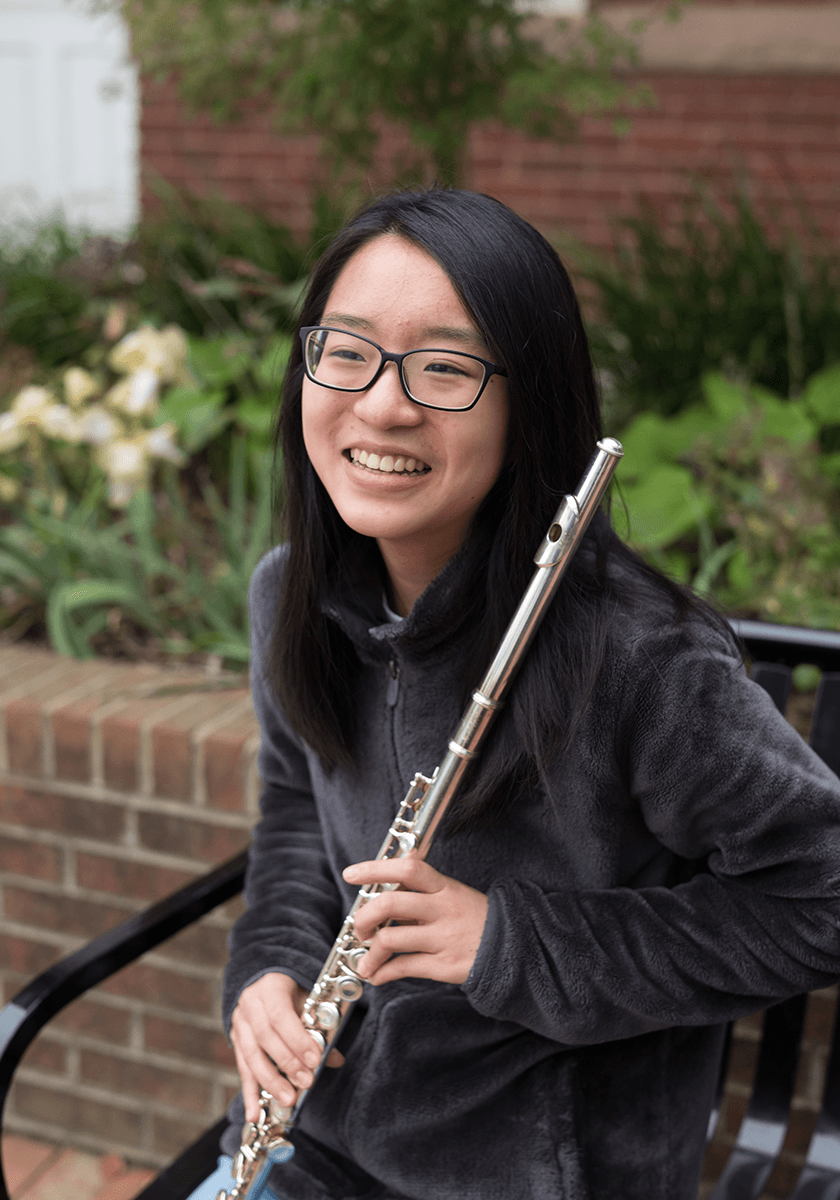Peace out gunk. Our iTero® Scanner replaces the uncomfortable, unpleasant-tasting, messy and sometimes inaccurate traditional putty impressions. No bulky trays or sticky putty needed! Using our digital scanner, we will take 3D digital images, or impressions, of your teeth and bite. We can use your scans to visually show you your treatment options. The digital impressions allow us to create customized bracket trays that we use to place your brackets onto your teeth, all at one time, with increased efficiency and overall effectiveness.
State of the Art
Ortho Technology
Trust our experts with advanced orthodontic technology. From digital scanners to 3D printers, we make orthodontic treatment a breeze!

iTero® 3D Digital Impression Scanner
Some benefits of iTero digital impressions over traditional putty impressions include:
- Accuracy: They capture the exact contours of your teeth, resulting in a better fit of your retainers.
- Efficiency: They require less time in the treatment chair.
- Comfort: Taking the digital images is less invasive. No putty is used, and patients are more at ease without fearing they will gag on the impression putty.
- Customization: They provide a digital plan and allow for trays that are tailored to meet the individual needs and desires of each patient.
- Visualization: They provide each patient with a definite picture of what their teeth will look like before, during and after orthodontic treatment.
- Innovation: They use the most advanced 3D video technologies.
- For patients, eliminating the mess and time involved in traditional impressions is a bonus, and we can guarantee a more accurate impression of the mouth.

Some benefits of iTero digital impressions over traditional putty impressions include:
- Accuracy: They capture the exact contours of your teeth, resulting in a better fit of your retainers.
- Efficiency: They require less time in the treatment chair.
- Comfort: Taking the digital images is less invasive. No putty is used, and patients are more at ease without fearing they will gag on the impression putty.
- Customization: They provide a digital plan and allow for trays that are tailored to meet the individual needs and desires of each patient.
- Visualization: They provide each patient with a definite picture of what their teeth will look like before, during and after orthodontic treatment.
- Innovation: They use the most advanced 3D video technologies.
- For patients, eliminating the mess and time involved in traditional impressions is a bonus, and we can guarantee a more accurate impression of the mouth.

3D Printing
We use our 3D printer to create 3D models of your teeth at the end of treatment. These models are then used to make your retainers.
Step 1: An intraoral scan is taken with our iTero® Scanner .
Step 2: The digital model is imported into treatment planning software, where the data is cleaned up.
Step 3: Now we’re ready to print. We export the file for each stage to the 3D printer. The staged models in the treatment plan are then printed out.
Step 4: The final step is the use of a thermoforming machine, which adapts the retainer aligner material to the printed model for each stage. The retainers are trimmed smooth and are now ready for the patient.
Benefits of 3D Printing for Patients
- Creates precise orthodontic models that don’t involve having you bite into uncomfortable and gooey material to make a mold.
- Allows us to digitally align your teeth accurately and quickly before printing your retainer.
- Printed in-house so you don’t have to wait weeks or months.
- Having ready access to impressions/models to adjust or reprint as needed eliminates the need for multiple scans, saving you time and money.
If you lose your retainer and need to get new ones, just bring in your model that you were given at the end of treatment as soon as possible. We can use that model to make you a new retainer. If your teeth have moved, then we will have to take another digital scan of your teeth to ensure the retainer fits.

iCAT® / 3D X-Ray / 3D Radiograph Mapping of Skull
The iCat® 3D x-ray presents Dr. Bovenizer and Dr. Baker with a 3D image that reveals all the information necessary to provide proper orthodontic treatment including views of teeth, roots, TMJ, sinuses, and tooth position in relationship to other teeth. The short 4.8 second scan requires a low dose of radiation and reduces exposure to our patients. This three-dimensional CT technology can provide a quicker full scan of the head than traditional two-dimensional imaging, giving us a better visualization of the hard and soft tissues of the craniofacial structures from several perspectives.
i-CAT® technology is used for:
-
TMJ assessment
-
Surgical planning
-
Assessment of cleft lip and palates
-
Assessment of the alveolar bone
-
Impacted tooth position
-
Facial analysis
-
Tongue size and posture
-
Airway assessment
-
Placement of dental implants

i-CAT® technology is used for:
-
TMJ assessment
-
Surgical planning
-
Assessment of cleft lip and palates
-
Assessment of the alveolar bone
-
Impacted tooth position
-
Facial analysis
-
Tongue size and posture
-
Airway assessment
-
Placement of dental implants

Let's get started!
There's no time like the present! Click the button below to schedule your consultation.
Contact UsLet's get started!
There's no time like the present! Click the button below to schedule your consultation.
Contact Us
